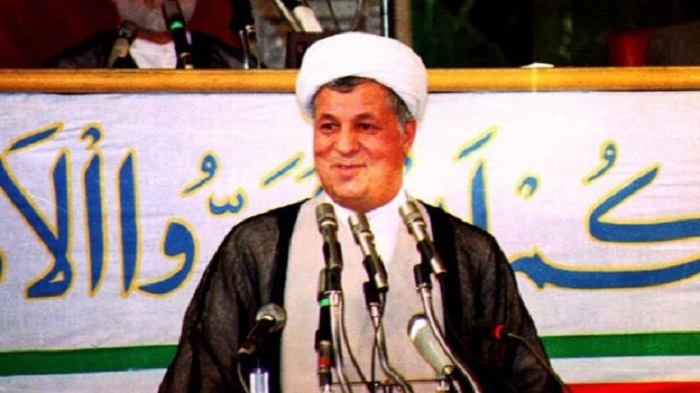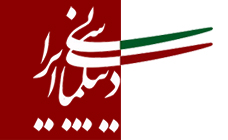As Tough As It Gets: The Political Life of Akbar Hashemi Rafsanjani

Iranian political see-sawing started favoring Hashemi in the late 1980s, when he allied with the right wing of the Islamic Republic, who shared with Hashemi a preference for a market economy and when the left—who championed economic nationalism—was marginalized. At the heyday of his power and popularity, Rafsanjani’s supporters chanted “The enemy of Hashemi is the enemy of Prophet [Mohammad, PBUH]” at Friday prayers.
The Right increasing its clout, and Khatami’s presidency
In control of parliament, the right gradually drifted apart from Hashemi Rafsanjani, dreaming of extending their grip over power. For Mahdavi-Kani, Nategh-Nouri, Jannati, Larijani, Badamchian and Asgar-Ouladi—key right politicians—the presidency was nothing more than a cakewalk then. Over-confidently, ‘The Traditional Right’—as left called it then—even denied Hashemi’s request to add his five preferred candidates to their electoral list for the Fifth Parliament Elections. With Hashemi’s nod, though, his technocrat protégés formed a new political front, Kargozaran-e Sazandegi (Executives of Construction). Second place in Tehran’s parliamentary elections was claimed by Hashemi’s daughter, Fa’ezeh, an outspoken defender of Iranian women’s rights, and known as a feminist-in-guise by her opponents. The traditional right, however, was too occupied with its overall parliamentary victory to sense the winds of change.
A crushing defeat befell the right when, with Hashemi’s tacit approval, Kargozaran and the left forged an unlikely alliance to back Mohammad Khatami for the presidency. Khatami’s fresh discourse and new promises brought the left back to (and kept Hashemists in) power.
The Left rejects while the Right embraces
But a new political season was coming about—one in which antagonists and protagonists would switch their roles. The left started attacking Hashemi shortly after he moved to his new office in the Council of Expediency Discernment, accusing him of trying to wield his clout and the council as a legal body superior to that of the Khatami administration. Tougher times for Hashemi came in 1999. Following the ‘chain assassinations’ of five secular intellectuals in 1998, radical reformist journalists claimed that Hashemi—dubbed the ‘The Red Eminence’ by well-known reformist journalist Akbar Ganji—with his loose control over the intelligence ministry during his presidency, was at the root of the political murders. Wary of the left’s increasing boldness and influence, Hashemi, who had now tilted towards the right, decided to enter the upcoming parliamentary election to gain control of the situation. The left’s powerful anti-Hashemi campaign ultimately forced Hashemi to step back from the idea of entering parliament, even though the right-dominated Council of Guardians had nullified 700,000 votes in Tehran to allow Hashemi a seat.
Drunk with power, the left needed a few years to finally become aware of the blunder it had committed by attacking a figure always known as the ‘the second man of the Islamic Republic’. Hashemi’s grudge, and the right’s determination to seize back power, created a political powerhouse that gradually –and not subtly- weakened Khatami’s administration and ousted the left from power.
No Country for Old Men
Amid ambiguous political dynamics and disillusionment with the reform movement—when even the well-known reformist strategist, Said Hajjarian, had claimed that ‘reform [in its Khatamiesque embodiment] is dead’—Hashemi risked his political career once again to run for the presidency in 2005. Although winning the highest vote count in the first round, he was defeated in the second round by the most unlikely winner of the election, Mahmoud Ahmadinejad, as the campaign game turned into a competition between “the old, corrupt Hashemi” and “the young, squeaky-clean Ahmadinejad”. In an election boycotted by many Iranians, Hashemi’s claims of vote-rigging fell on deaf ears.
It was time for Hashemi to mend fences with old friends –or was it old enemies? With Ahmadinejad a fresh team came to power, one supported by the strongest locus of power, but marginalized during the past 27 years of governance. What was formed against Ahmadinejad was inevitably a rainbow opposition, including the lukewarm traditional right, the left, and Kargozaran. The not-so-covert battle between Hashemi and Ahmadinejad never ceased during the first term of Ahmadinejad’s presidency, from Ahmadinejad’s pressure on higher education powerhouse (and Hashemi-backed) Azad University to reform its curriculum, to Hashemi’s big spoiler—a premature announcement of Ahmadinejad’s ‘good news on nuclear breakthrough’ (in his absence) from Expediency Council meetings.
Ahmadinejad ups the ante
But Hashemi’s most bitter pill was yet to come. In a historical 2009 campaign debate with presidential hopeful Mir Hossein Musavi –tacitly supported by Hashemi- Ahmadinejad slammed Hashemi for what he called his encouragement of the other candidates to challenge him, claimed that Hashemi had assured an Arab leader –probably King Abdullah of Saudi Arabia- that his administration would fall in six months, and accused his sons of financial corruption. The vitriolic attack was so unexpected that a few days before election day, Hashemi sent Supreme Leader Ayatollah Ali Khamenei an open letter asking him to stop the snowball of personal attacks before it became too late. The letter was bereft of salutations.
On Sunday, June 14, 2009, during Ahmadinejad’s victory parade in the center of Tehran, his ecstatic supporters demanded the president ‘shatter the image of Hashemi’. In a most humiliating way, Hashemi Rafsanjani was compared to The Oracles of the Amun Temple -religious aristocrats depicted in a popular TV series on the life of the Prophet Joseph. He was accused of fueling the post-election protests, was said to have entered a pact with Khatami and Musavi with the intention of taking revenge on Supreme Leader Ayatollah Ali Khamenei and Mahmoud Ahmadinejad. Hashemi’s most high-profile presence after the election was at the Friday prayers of July 17, 2009, one that drew the largest crowd at Friday prayers in Iran’s post-revolution history. In a clear allegorical reference, Hashemi first narrated the story of the first Shiite Imam Ali (AS) who did not assume power as long as the people had not asked him. Welling up with tears, Hashemi called for dispelling people’s suspicions towards the election results, asked the system to not give the world an excuse to mock the Islamic Republic, and called for the release of political prisoners. A crackdown on the worshipers after his sermon is what he claims has stopped him from attending the ritual since, while many believe that he is in fact not permitted to give another speech at Friday prayers in Tehran. Hashemi is a quiet man these days, probably doing his best to not be ousted from the political system altogether, and to maintain the last stronghold remaining for him and the reformists. In response to political questions, he keeps repeating: “I still believe in the suggestions I gave in my Friday prayers sermon.” But how long can the aging politician keep the balance, as the cordon around him seems to be getting tighter by the day?
By: Ali Attaran

